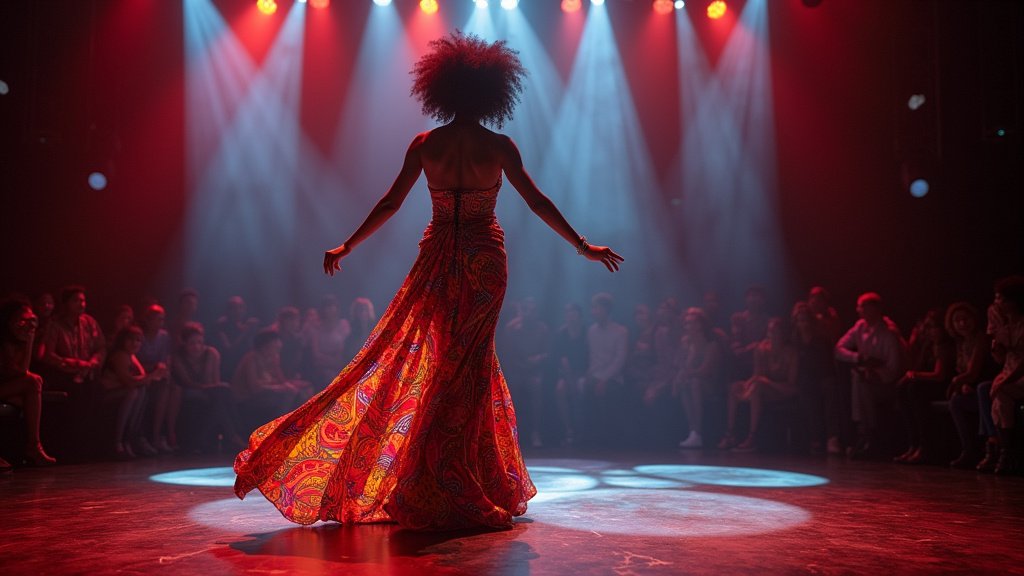Emilio Pucci, the visionary Italian designer often hailed as “The Prince of Prints,” carved an indelible mark on the global fashion landscape with his distinctive, psychedelic patterns. His work transcended mere clothing, becoming a vibrant expression of art and liberation that continues to influence contemporary design. A new, comprehensive book, “Pucci: The Art of Fashion,” co-authored by his daughter, Laudomia Pucci, and archive manager Dylan Colussi, now offers an intimate look into the brand’s storied past. This meticulously compiled volume chronicles the rich history of the brand, highlighting its most celebrated designs and groundbreaking collaborations, solidifying Pucci’s place as an enduring icon whose influence is always relevant and often trending.
The Unlikely Path to Fashion Royalty
Before he was dressing the jet set and celebrities, Emilio Pucci embarked on a surprisingly academic journey. His intellectual pursuits led him to the United States, where he earned a master’s degree in social science from Reed College in Portland, Oregon, in 1937. This unique educational background, far removed from traditional design schools, hints at the unconventional mind that would later revolutionize fashion. It suggests a designer who approached his craft with a broader understanding of society and culture, infusing his creations with a depth that went beyond surface aesthetics. This foundation arguably contributed to his ability to capture the spirit of an era and appeal to a diverse audience.
His foray into the American fashion scene was not by design, but rather by serendipitous encounters. It was propelled by the discerning eyes of two titans of media: Harper’s Bazaar photographer Toni Frissell and the legendary editor Diana Vreeland. They recognized the inherent genius in his early work, providing the crucial platform that introduced his innovative aesthetic to a wider audience. This pivotal endorsement culminated in the launch of his first American collection in 1948 at the prestigious Lord & Taylor department store. This debut marked the beginning of Pucci’s ascent, establishing him as a force to be reckoned with in the burgeoning post-war fashion industry.
A Kaleidoscope of Culture: Pucci and Black Entertainers
While Pucci’s designs quickly became synonymous with European glamour and resort wear, their appeal was far-reaching, crossing cultural and racial boundaries. The article explores in detail how Black entertainers enthusiastically embraced his designs, becoming ardent proponents of his vibrant aesthetic. This adoption by influential figures in music, film, and performance was a testament to the universal allure of Pucci’s creations, which offered a striking blend of comfort, luxury, and artistic flair. The vivid prints and fluid silhouettes resonated deeply within a community that valued self-expression and distinctive style.
For many Black artists, Pucci’s clothing was more than just fashion; it was a statement. The boldness of his patterns and the luxurious ease of his fabrics provided a perfect canvas for performers who commanded attention both on and off stage. His designs allowed for dynamic movement and showcased individuality, making them a favorite among those who defined cultural movements. This powerful association helped cement Pucci’s place not just in high fashion, but also within the broader tapestry of pop culture and music news of the time, proving his designs transcended mere trends.
The Enduring Allure of the Pucci Legacy
The enduring legacy of Emilio Pucci is a testament to his inventive spirit and his ability to fuse art with everyday wear. From his academic beginnings in Oregon to his meteoric rise in global fashion, his journey was as colorful and multifaceted as the patterns he created. The new book, “Pucci: The Art of Fashion,” serves as a vital historical document, ensuring that future generations understand the profound impact of “The Prince of Prints.” It meticulously details how his vision, celebrated designs, and significant collaborations — including his special connection with Black entertainers — continue to shape the narrative of modern fashion, proving that true artistry never goes out of style.




